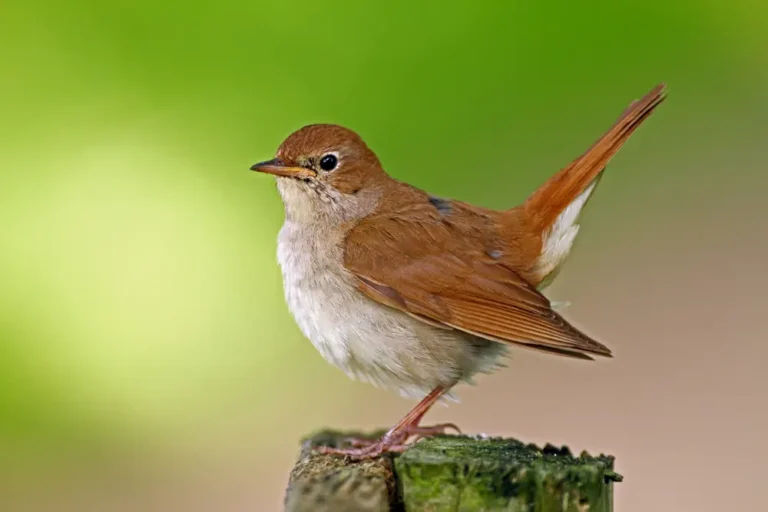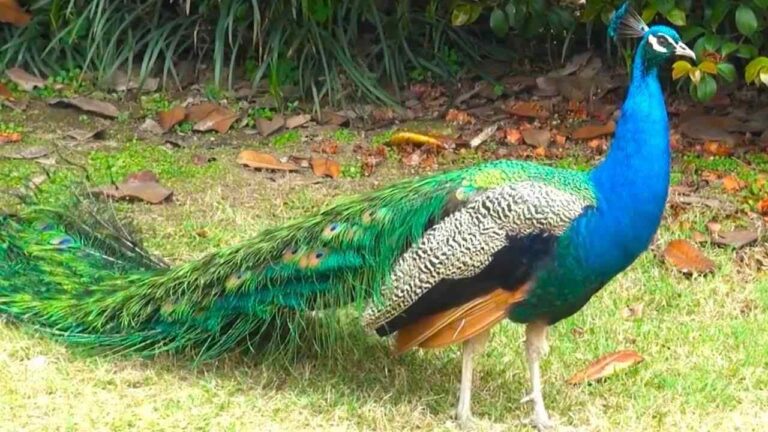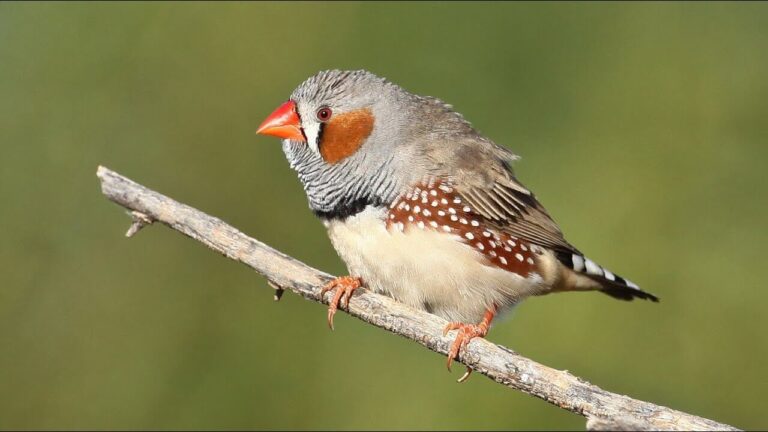Vanga: An In-Depth Look at the Unique Bird of Madagascar
The Vanga is a fascinating group of birds that belong to the family Vangidae, known for their diverse adaptations and striking appearances. Native to Madagascar, Vangas have evolved into various species, each showcasing remarkable differences in their physical characteristics, behavior, and ecological roles. This article delves into the world of Vangas, exploring their scientific classification, habitat, diet, reproduction, and more.
Contents
Scientific Classification
- Kingdom: Animalia
- Phylum: Chordata
- Class: Aves
- Order: Passeriformes
- Family: Vangidae
- Genus: Multiple genera within the family Vangidae
- Species: There are approximately 21 species of Vanga birds, including the iconic Helmet Vanga (Euryceros prevostii), Blue Vanga (Cyanolanius madagascarinus), and Sickle-billed Vanga (Falculea palliata).
Physical Characteristics
Vangas vary greatly in size and appearance depending on the species. Their most distinctive feature is the variation in their beaks, which specialize in different feeding habits.
- Size: Vangas range from small birds around 12 cm (4.7 inches), like the Chabert Vanga (Leptopterus chabert), to larger species, such as the Helmet Vanga, which can grow up to 30 cm (12 inches) long.
- Plumage: Many Vanga species display striking plumage colors. The Blue Vanga, for instance, has vivid blue feathers with a black face mask, while other species exhibit more subdued browns and whites.
- Beaks: Vangas are renowned for their specialized beaks. The Sickle-billed Vanga has a long, curved beak for probing wood for insects, while the Helmet Vanga possesses a powerful bill for cracking hard-shelled prey.
Habitat
Vangas are endemic to Madagascar, meaning they are found nowhere else. They occupy a variety of habitats across the island:
- Forests: Many Vanga species live in tropical rainforests, such as the Helmet Vanga, often found in dense, lowland forests.
- Dry Regions: Species like the Sickle-billed Vanga thrive in drier habitats, such as Madagascar’s deciduous forests and scrublands.
- Highland Areas: Some species inhabit higher elevations, including montane forests.
This diversity in habitat reflects the adaptive nature of Vangas, allowing them to occupy ecological niches across Madagascar.
Behavior
Vangas are generally active, foraging birds that display a range of behaviors depending on the species:
- Social Structure: Some species, like the Chabert Vanga, are known for their social behavior, often traveling in small flocks. In contrast, the Helmet Vanga is typically solitary.
- Foraging: Many Vangas are insectivorous, using their specialized beaks to extract insects from crevices, bark, and leaves. Larger species may also feed on small vertebrates and fruits.
- Communication: Vangas have a variety of calls and songs, often used to communicate within species or warn of predators.
Diet
Vangas are primarily insectivores, but their diet can vary significantly depending on the species and habitat.
- Insects: Most Vangas feed on insects such as beetles, ants, and caterpillars. They have developed unique hunting methods, from probing deadwood to catching insects mid-flight.
- Small Vertebrates: Some species, such as the Lafresnaye’s Vanga (Xenopirostris xenopirostris), have been known to feed on small reptiles and amphibians.
- Fruits and Seeds: Besides insects, many Vangas supplement their diet with fruits, seeds, and berries, especially when insect prey is scarce.
Reproduction
Vangas are typically monogamous, with both males and females caring for their young. Here are some key aspects of their breeding behavior:
- Nesting: Vangas build cup-shaped nests, often high in trees. The Helmet Vanga, for example, constructs a large nest from twigs and leaves.
- Eggs: Female Vangas lay between 2 to 4 eggs per clutch, depending on the species. These eggs are incubated by both parents, with the incubation period lasting around two weeks.
- Fledglings: After hatching, Vanga chicks are fed by both parents and remain in the nest for several weeks before fleeing.
Predators and Threats
Vangas face several natural predators, particularly birds of prey and snakes that may prey on eggs and young birds. However, their primary threats come from habitat destruction due to deforestation, which is rampant in Madagascar. This loss of habitat has made some Vanga species more vulnerable to extinction.
Conservation Status
The conservation status of Vangas varies by species:
- Helmet Vanga: Classified as “Near Threatened” due to habitat loss and fragmentation.
- Sickle-billed Vanga: Currently listed as “Least Concern,” but it faces increasing pressures from deforestation.
- Blue Vanga: Also considered “Least Concern,” though habitat degradation could pose future threats.
Conservation efforts in Madagascar, such as establishing protected areas, are crucial for safeguarding the future of Vanga species.
Interesting Facts
- Adaptive Radiation: Vangas are an example of adaptive radiation, where a single ancestral species evolved into diverse forms to fill different ecological niches.
- Helmet Vanga’s Skull: The Helmet Vanga gets its name from its large, helmet-like head, which supports a powerful bill to crack open hard-shelled prey like crabs and snails.
- Blue Vanga’s Range: Unlike most Vangas, the Blue Vanga is sometimes found in the Comoros Islands, extending its range beyond Madagascar.
Evolutionary History
Vangas are part of an evolutionary phenomenon known as adaptive radiation. Much like the famous Darwin’s finches of the Galápagos Islands, Vangas diversified from a common ancestor into numerous species with specialized traits. Madagascar’s isolation allowed these birds to evolve into distinct forms that occupy different niches within the island’s diverse ecosystems. This process of speciation has led to the extraordinary variety of Vanga species seen today.
Relationship with Humans
Like many of Madagascar’s unique species, Vangas play an important role in the island’s ecosystems, helping control insect populations and contributing to the overall biodiversity. They are also interesting for birdwatchers and researchers due to their diversity and striking adaptations.
However, human activities, particularly deforestation and habitat conversion for agriculture, pose significant threats to their survival. Conservation efforts that focus on protecting Madagascar’s natural habitats are essential for preserving these unique birds.
Conclusion
The Vangas of Madagascar are a remarkable example of evolutionary diversity, showcasing various physical and behavioral adaptations. From their specialized beaks to their varied habitats, Vangas have evolved to thrive in different ecological niches across the island. However, like many of Madagascar’s endemic species, they face growing threats from habitat loss and human activity. Conservation efforts are crucial to ensure these unique birds continue flourishing in their native environment.
- Golden Retriever Pros and Cons: What Every Pet Parent Should Know - 15 September 2025
- Cane Corso Dog Breed: Health, Care, and Lifespan - 14 September 2025
- Catahoula Leopard Dogs: Description, Temperament, Lifespan, & Facts - 21 July 2025







